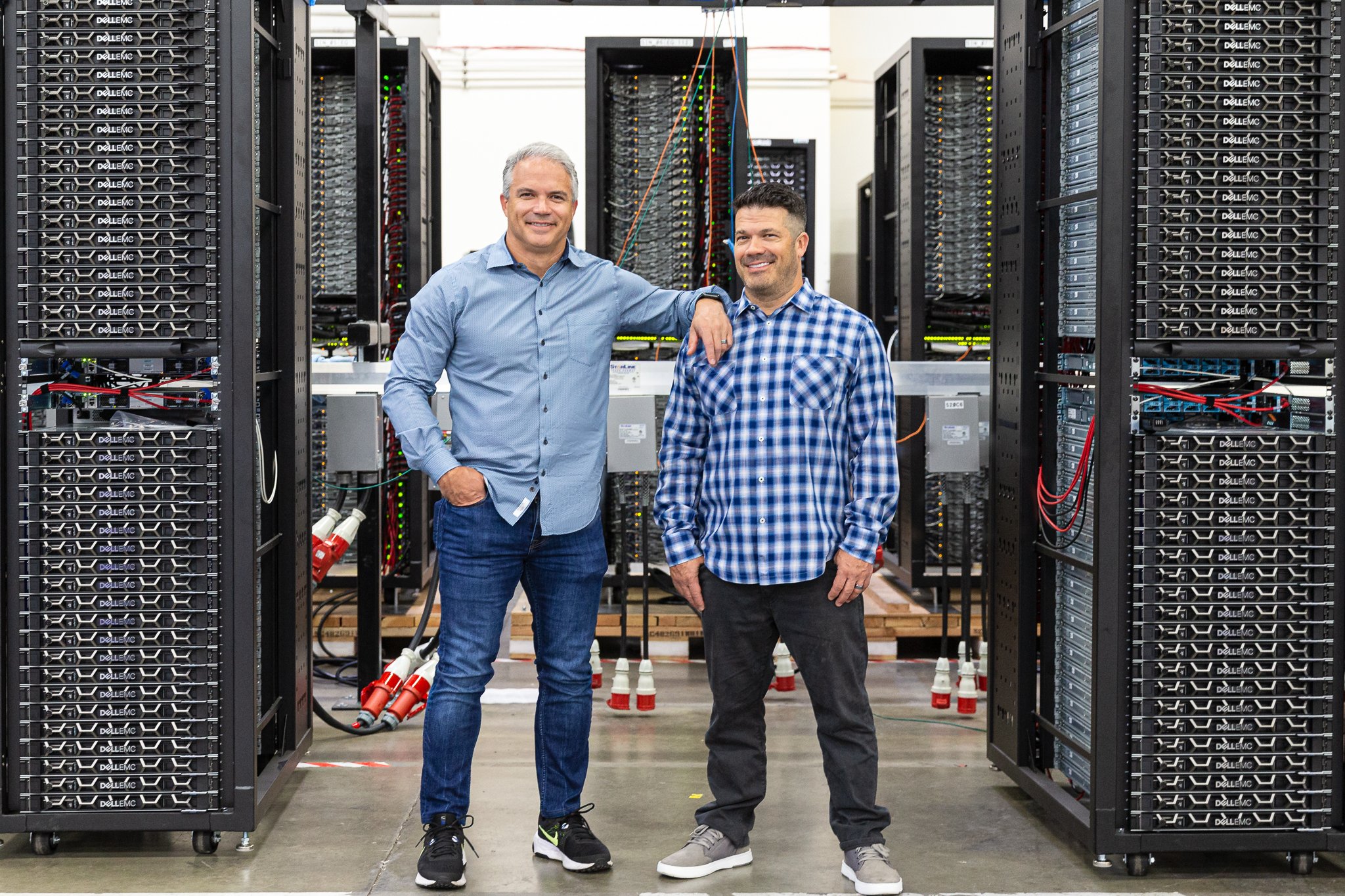Artificial intelligence (AI) is a powerful tool that can be leveraged to extract insights from massive amounts of data.
But to take advantage of this, your data must be structured so that AI can easily locate the data relevant to the algorithm. Not knowing the exact location of that information at the time of the search forces the algorithm to look through many different sources and file types — including images, videos, and audio files — as quickly as possible.
How can businesses put all the pieces together for high-performing AI?
It all starts with putting together a proper data storage platform — one that houses the data and makes provisions for the computing and analysis needs of your AI technology.
Organizing your data

What is it that you need from your data? Which sources will AI need access to?
Any strategy must start with getting answers to these fundamental questions. There should also be an understanding of the information types held in various spaces.
Certain data sources do a better job of keeping specific data types. For example, an RDBMS database might be better for some information, while NoSQL options might be ideal for others.
Any analysis of data must account for where it is being stored. It must also be accessible to core processes. After all, you don’t want to end up turning your data lakes into poorly organized swamps that make it impossible to achieve your organizational goals.
No matter which way you choose to organize your data — be it NAS, SANs, or SAS — you will also need to support the ability to do self-service analytics, data science experiments, and other applications of machine learning.
Taking action with data

Once your data is effectively organized, there are an array of tools at your disposal to help you leverage the power of AI.
You can use programs like Spark to manage applications, or MPP to rapidly search through extensive databases. You can also create APIs for on-demand integration so AI calls from anywhere within the company are immediately answered.
However, AI implementation can do more than automate tasks and sift through databases. It can also be used for more granular projects.
Say you want to break a large video file into more descriptive and understandable segments. You could comb through that video file manually, or you could use a tool like Impala to enrich the video with AI and quickly pinpoint where descriptions and edits should be made.
Using AI, you could also tailor different edits for different audiences based on what you’ve learned about each audience via captured data.
This is just one possible example. As AI continues to become more advanced, and the platforms it runs on more robust, the possibilities seem to be limitless. As another example, a concrete AI data strategy could lead you to leveraging advanced analytics and predictive analytics to make more informed decisions for your business.
But before you can fully leverage those possibilities, you need to make sure your data storage infrastructure is capable of handling the demands of AI. For information on how to do this, download our recent white paper, A Strategic Approach to Data Storage: How Your Organization Can Leverage Big Data.













/redapt_whitepaper_strategic-approach-to-data-storage-preview-1.png?length=400&name=redapt_whitepaper_strategic-approach-to-data-storage-preview-1.png)
/redapt_whitepaper_strategic-approach-to-data-storage-preview-2.png?length=400&name=redapt_whitepaper_strategic-approach-to-data-storage-preview-2.png)
/redapt_whitepaper_strategic-approach-to-data-storage-preview-3.png?length=400&name=redapt_whitepaper_strategic-approach-to-data-storage-preview-3.png)


